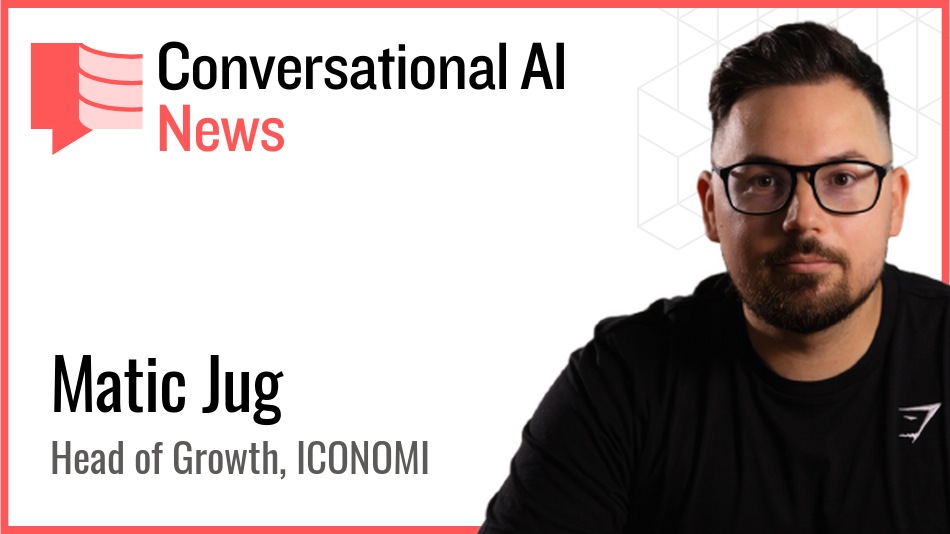Why Professional Services Pricing is Being Hit by AI

I'm delighted to bring you this opinion piece by Tracey Shirtcliff of SCOPEBetter. I asked Tracey to give me her perspectives on the rather tricky issue of pricing for professional services in the age of AI. It's something that Tracey and her team are obsessing over on a daily basis with their pricing platform offerings. No-one should have to use spreadsheets to scope and price work!
Ok, over to you Tracey:
We're still in the early days of artificial intelligence (AI). If the technology continues to progress as it seems likely to, AI's potential could be almost limitless - and there's every reason to believe that this could be a positive thing. Already, we're seeing AI's impact on efficiency, helping businesses to save time, effort, and money on a whole range of previously labour-intensive processes, from data processing and research to ideation. However, while most of the changes wrought by AI are proving beneficial, it is also creating a number of difficulties. One of which, for professional services companies, is its impact on pricing.
This is a bit of a sweeping statement, but most professional services businesses rely upon a time/effort-based pricing model. It's the industry standard, because although not massively comprehensive, it's always been simple enough to compensate. The problem is that when you reduce the time and effort that go into project completion, as AI inevitably does, you directly impact your billable hours. So, the more efficient your business becomes, the fewer hours you put into each project, and the less time you can bill for. Devaluing your work and ultimately reducing the profitability of your company.
So, what's the solution? Ignoring AI and carrying on regardless isn't really an option - unless you're willing to be outstripped by your competitors. In the age of transparency, covert AI use isn't really an option either. So, it comes down to either accepting the fall in billable hours and implementing workarounds to accommodate your falling income, or adopting a new pricing model.
The main reason why time/effort-based pricing is incompatible with AI is because it puts the focus on what goes into a project, rather than what comes out of it. When you flip that on its head, however, and put deliverables at the forefront, you have a far more versatile solution.
Deliverable-based pricing - also known as asset, solution or output-based pricing - is built upon the premise of value. When you assign a value to each individual element of your company's services, it no longer matters how you complete a particular element of a project - inhouse, outsourced, AI - only that you complete it to the best possible standard. Right now, that will typically mean utilising a combination of human talent and AI. But because you're not making a point of billing for the human hours that go into task completion, you're able to complete projects in the way most beneficial to the client without impacting the perceived value of your work or compromising your transparency. It's a completely AI-agnostic pricing model, but it also carries additional benefits.
Professional services companies need a pricing model that offers more than simplicity. The beauty of time/effort-based pricing is that it's easy to understand. But with deliverable-based pricing, you gain not just ease but transparency - for employees as well as customers. Because when you bill by the hour, everyone understands the implication that you're paying for that person's time - not necessarily what they will achieve within that time. With deliverable-based pricing, you're only paying for the end service that you receive. This allows customers to make informed decisions about where they are willing to invest their money. And enables sales teams to quickly and simply build detailed quotes and pitches that are easily comprehended by clients while reflecting the full value of the work that they do. It brings clarity to an area that is frequently clouded by confusion. The only difficulty is in managing the implementation process.
Changing pricing models is rarely easy, because it impacts every area of a business, from client management to bookkeeping. However, the need for change is undeniable, and businesses need to take control of the process before they are left behind.
Implementing deliverable-based pricing typically requires three stages. In the first instance, you need to define your services. This usually benefits from being a collaborative process that takes in the views of all stakeholders - including frontline staff, who typically have the best knowledge of customer needs and expectations.
That done, businesses could also bring in a third-party pricing expert to support the accurate allocation of value to each of your identified services. Or you could even use some AI here to validate pricing. When you've got your basic framework and have assigned your prices, tools such as configure, price and quote (CPQ) software, are available to help you to move forward and support your team to maximise the potential of the new model.
Next, you have to inform your customers. For many, this is the most challenging stage, and I would probably work incrementally, beginning with a converstaion with youreasiest customer and building the conversation from there. In the current climate, however, you may well be surprised by just how many of your clients are ready for change. You could also consider a hybrid approach and move some customers now and others overtime.
The Simon Kucher Institute released figures towards the end of 2024, stating that hardly any businesses were ready for the impact that AI will have on pricing. There are numerous reasons for this, not least because after years of theory, AI has quite suddenly - and some would say unexpectedly - become a very real and active business tool, and none of us were quite ready for its impact, in pricing.. It is here now, though. We are using it. And it is affecting the way we work. We have to accept that now, and we have to implement the changes that will keep our businesses viable in the face of this ever-evolving technology. A new approach to pricing is the first step.
Thank you Stacey!
Read more about Tracey Shirtcliff on LinkedIn and find out more about SCOPE Better at https://www.scopebetter.com/.




